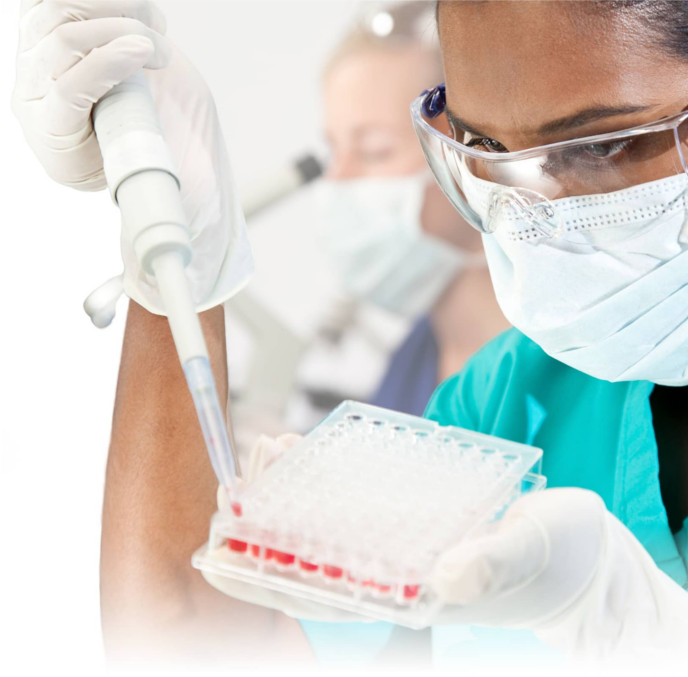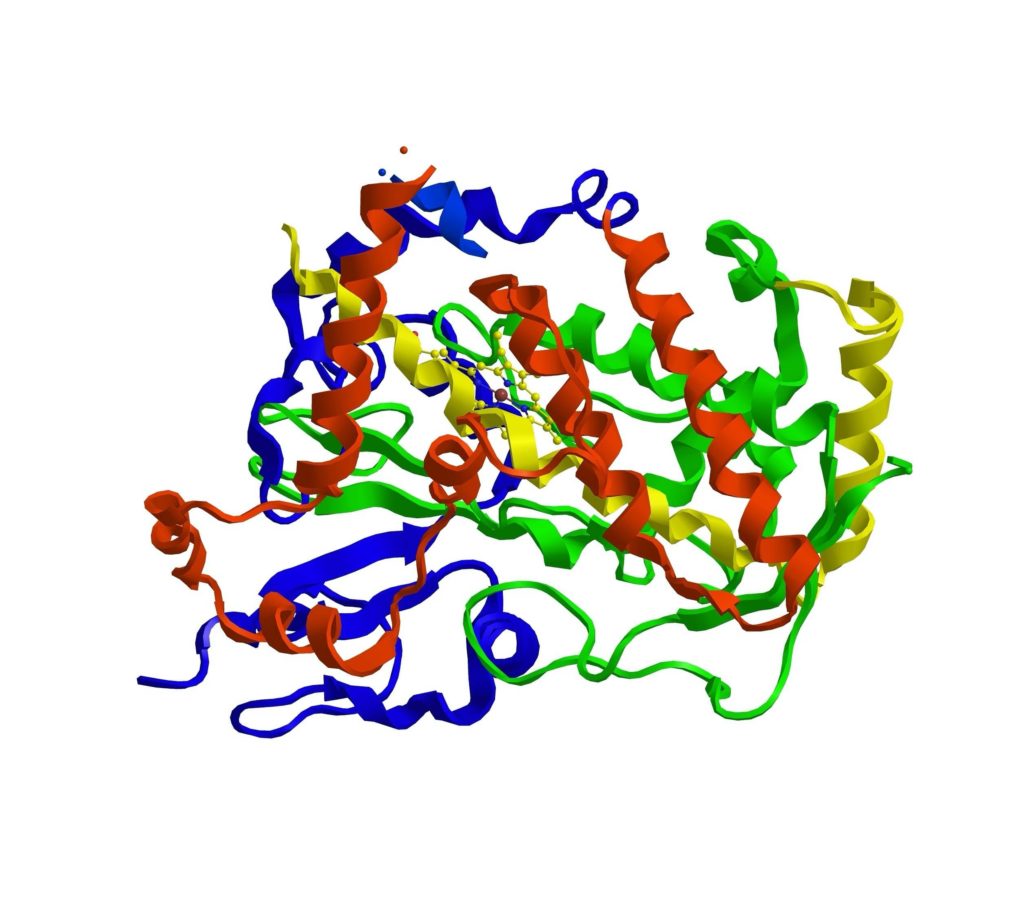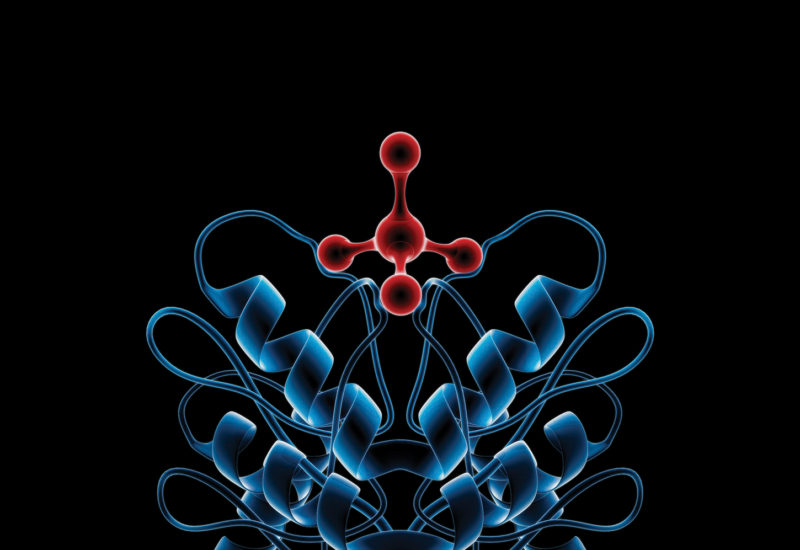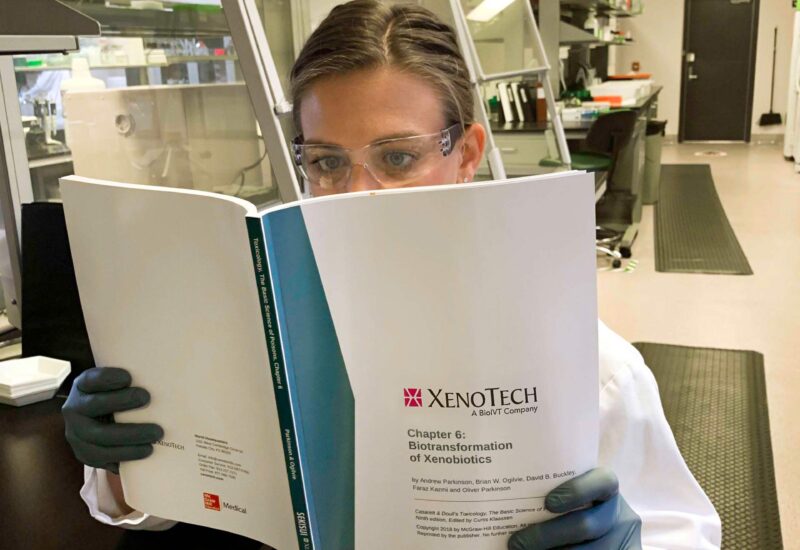
In Vitro Cytochrome P450 (CYP) Enzyme Inhibition Studies
In vitro CYP (cytochrome P450) enzyme inhibition studies predict a drug candidate’s predisposition to inhibit cytochrome P450 enzymes, potentiating increased toxicity of concomitant medications or reduced therapeutic effect of concomitant medications through metabolism-mediated drug interactions.
You can now request quotes for our research services on BioIVT.com!
Whether you need a single assay or a complete ADME program, BioIVT’s experts will help design and implement the appropriate studies for your drug and research objectives. View BioIVT’s comprehensive portfolio of ADME research services.
As an important component of the nonclinical absorption, distribution, metabolism, and excretion (ADME) portfolio of a drug candidate, knowing a compound’s inhibitory potential can help better understand the interaction of co-administered drugs with drug-metabolizing enzymes and assist the design of necessary clinical trials. In vitro CYP inhibition assays yield critical IC50 data for insight to predict metabolism-based drug-drug interactions (DDI).
Our Approach to CYP Inhibition Assays to Predict Drug-Drug Interaction (DDI) Potential
Our IC50 design evaluates drug candidates as direct, time-dependent and metabolism-dependent inhibitors of CYP enzymes in human liver microsomes in a single experiment. Direct and time-dependent CYP inhibition generally represent inhibition caused by the drug candidate itself; metabolism-dependent inhibition represents inhibition caused by metabolites of drug candidates formed after preincubation with a co-factor. The design features low protein concentrations and short incubation times to minimize artifacts caused by protein binding, metabolic instability of the test article and excessive metabolism of the marker substrate. We offer various options for follow-up studies to support the further characterization of those drug candidates that are identified as potential direct or metabolism-dependent inhibitors.

Features of CYP Enzyme Inhibition Analysis & Evaluation
- Robotic incubations
- LC-MS/MS analysis
- Efficient 3-curve IC50 study designs calculated from several concentrations of the drug candidate
- Validated methods with commonly used probe substrates
- Direct and metabolism-dependent positive controls included specific for each enzyme
- Optional follow-up mechanistic studies
- Automated data retrieval and data processing
- CFR 58, Part 11 compliant systems
- Available as GLP or non-GLP
Assay Selection
| ENZYME | Marker Substrate Activity |
|---|---|
| CYP1A2 | Phenacetin O-dealkylation |
| CYP2A6 | Coumarin 7-hydroxylation |
| CYP2B6 | Efavirenz 8-hydroxylation |
| CYP2B6 | Bupropion hydroxylation |
| CYP2C8 | Amodiaquine N-dealkylation |
| CYP2C8 | Paclitaxel 6-hydroxylation |
| CYP2C9 | Diclofenac 4´-hydroxylation |
| CYP2C19 | S-Mephenytoin 4´-hydroxylation |
| CYP2D6 | Dextromethorphan O-demethylation |
| CYP2E1 | Chlorzoxazone 6-hydroxylation |
| CYP3A4/5 | Testosterone 6β-hydroxylation |
| CYP3A4/5 | Nifedipine oxidation |
| CYP3A4/5 | Midazolam 1´-hydroxylation |
| CYP3A4/5 | Atorvastatin ortho-hydroxylation |
| CYP4A11 | Lauric acid 12-hydroxylation |
Test System
CYP Inhibition assays are typically performed with pooled human liver microsomes from 200 donors (XTreme 200). This allows the same sample of pooled human liver microsomes and similar experimental conditions to be used to study all CYP enzymes of interest.
Incubation Conditions
- Protein concentration: ≤ 0.1 mg/mL
- Pre-incubation time (in the presence and absence of NADPH): 30 minutes
- Marker substrate incubation time: 5 minutes
Our 3-Curve Approach
Direct, time-dependent and metabolism-dependent IC50 values are determined from seven concentrations of the drug candidate and plotted along three curves to provide a thorough understanding of inhibitory potential. Our systems allow for fast turnaround times for data return. Our high-quality standards result in thorough, publication-quality reports delivered with a consultative interpretation of your results that also meet eCTD requirements of regulatory agencies.
Inhibition Follow-up Service Offerings
In cases where follow-up may be recommended based on standard assay results, we offer additional support studies to provide clarity and context.
Ki determinations
Determine Ki value and mechanism associated with direct inhibition with multiple concentrations of the drug candidate and marker substrate.
Metabolism-Dependent Inhibition (MDI)
- XTRA (XenoTech Reversibility Assay): Our unique approach utilizes ultracentrifugation to determine the mechanism associated with metabolism-dependent inhibition. This assay determines if the metabolism-dependent inhibition is due to:
- Formation of a more potent reversible inhibitory metabolite
- Formation of a quasi-irreversible metabolite inhibitor complex (MIC formation)
- Irreversible inactivation (indicates possible covalent binding)
- KI and kinact determinations: Determine KI and kinact values for inactivation of an enzyme by a drug candidate using multiple drug concentrations and multiple preincubation time points.

